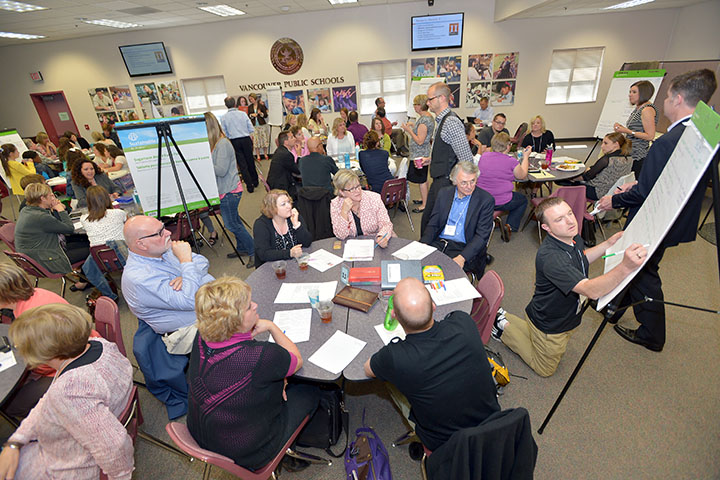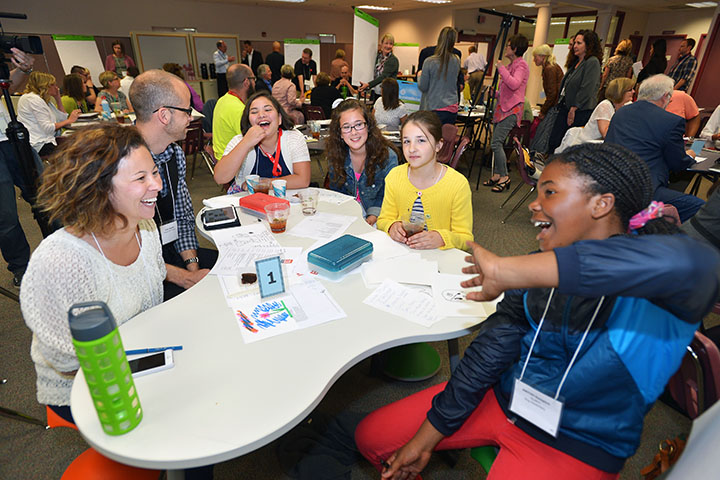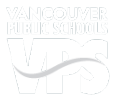Graduation season. A chance to celebrate our seniors; acknowledge their accomplishments; and send them off to college, careers and life. A chance to reflect on the struggles and successes, the long nights, the early mornings and the many people who’ve helped along the way. A chance to feel hope and inspiration that, at graduation, seem to be just beginning.
We also can hope for our younger students and the students of the future whom we haven’t even met. We hope that someday they, too, will don robes and toss their caps into the air. Getting them to that day is our challenge.
 We do this by creating in our schools what poverty expert Robert Barr calls a culture of hope, which capitalizes on something said to be more predictive of student achievement than IQ or SAT scores. Culture always trumps strategy.
We do this by creating in our schools what poverty expert Robert Barr calls a culture of hope, which capitalizes on something said to be more predictive of student achievement than IQ or SAT scores. Culture always trumps strategy.
A culture of hope means having the right people, who can build relationships. It means having the right supports in place. It means allowing people to take informed risks.
According to the employees, students, parents and community members who gathered last month at a symposium to talk about new elementary school facilities, it also could mean creating new physical environments in our schools that cultivate hope and inspire future-ready graduates.
If our board of directors approves a bond next fall, a measure could be on the ballot as early as February 2016. Input from many stakeholders is vital as we think about how to translate hope into a capital facilities plan. Heidi Rosenberg, a parent of former VPS students and a community member, had this to say:
“I love the symposium. I don’t think many other school districts have this kind of symposium where they bring everybody together, especially kids and students and the public in addition to teachers and administrators. It’s just an amazing process.”
Included in the discussion was a group of fifth-graders. Here’s Destiny, a student at Ogden for whom the symposium inspired an interest in a career in architecture:
“School should be inviting and have bright colors for the little kids so they don’t get bored.”
A school should be a familiar place, said Erica from Truman:
“To feel like you’re at home and to be comfortable. Because if you’re comfortable, you’re comfortable asking questions.”
Of course, if the fifth-graders had complete control of their schools, some things might look radically different:
“A beach, an ice cream shop, an amusement park.”
That’s the kids’ dream school as reported by Reagan, from Marshall. We’ll see what we can do, Reagan.
But in all seriousness, why ask kids how to improve our elementary facilities?
“So they know what we want and to make our school better so that our attendance will improve and our academics.”
 Aniyah from King is right: Facilities can ultimately influence how students feel about their school and, in turn, their performance. Concepts from symposium discussions like adaptable spaces, learner-centered environments, integrated technology and community areas demonstrate the degree to which the physical environment can be an extension of the work that goes on in schools to create hope.
Aniyah from King is right: Facilities can ultimately influence how students feel about their school and, in turn, their performance. Concepts from symposium discussions like adaptable spaces, learner-centered environments, integrated technology and community areas demonstrate the degree to which the physical environment can be an extension of the work that goes on in schools to create hope.
Some of our buildings already have this environment. Others, built when Nixon was in the White House or earlier, need hope-driven upgrades. If we as a district truly believe in equity, then every student needs to feel welcome, safe and hopeful about his or her school—not just those who attend the newest schools.
I’m hopeful that we can do it.
Said Dr. Barr, who spoke at the symposium:
“The quality of education here is unusually strong, and it has endured from decade to decade.”
We’re all working to keep it strong for many more decades to come. I am so proud of everything we’ve already accomplished, and for what we will accomplish going forward.
But now it’s time for a break. I hope your summer is filled with rest, relaxation and rejuvenation with family and friends. You’ve earned it.
Take care,

